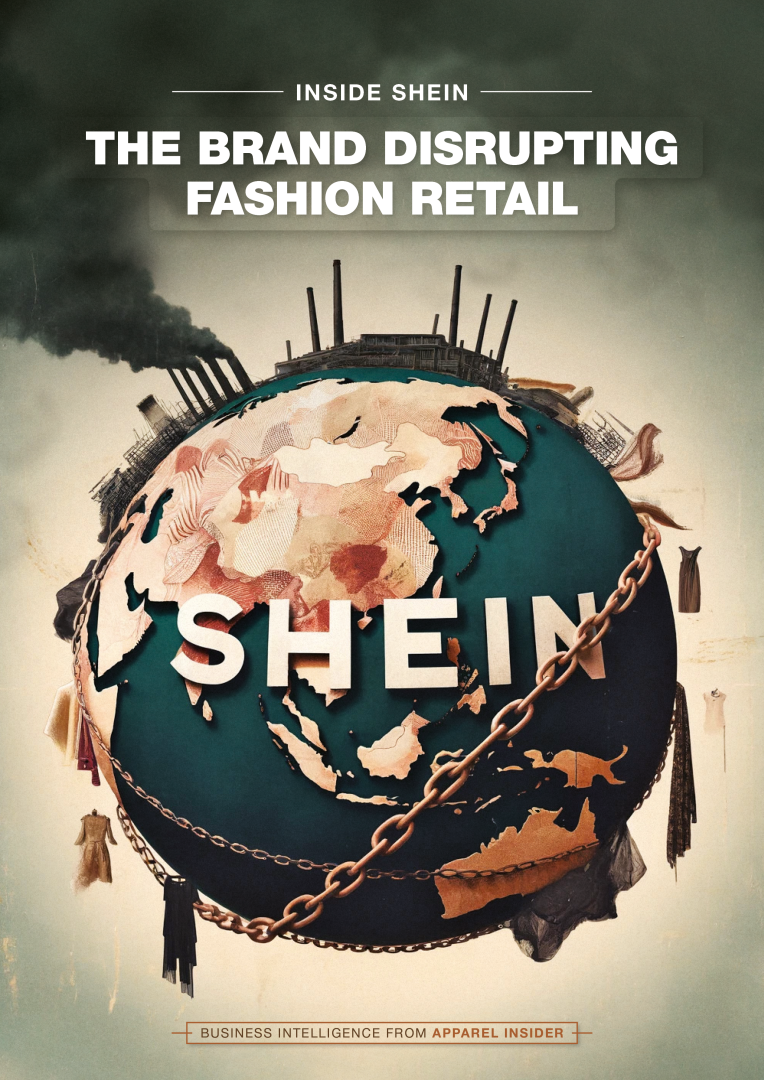BRUSSELS – A new online tool set up by the European Union will help apparel brands and retailers calculate the environmental impact of leather in their supply chains. The European Union has given the green light to proposals by Cotance (the European Confederation of the Leather Industry) and UNIC (the Italian Tanners Association) for a method to calculate the environmental footprint of leather. The Steering Committee, in charge of the experimental phase of the PEF (Product Environmental Footprint) project, supported by European Commission, has approved jointly the Product Environmental Footprint Category Rules (PEFCR) suggested by Cotance and UNIC. The proposed method, which has been on the table since 2013, is said to provide an effective tool for tanneries to work out their leather environmental impact, while fashion brands can also use it to estimate their suppliers’ environmental sustainability.
The European Commission has agreed to help convert the new rules into a simple-to-use online tool, which will make it easy leather manufacturers to calculate the environmental footprint of the material they produce. The Commission says the tool should be available before the end of 2018.
These footprint rules for leather base their calculations on a mix of models and take into account only cattle, sheep and goats because COTANCE has successfully argued that more than 95 per cent of all the leather in the world comes from these three sources.
In the case of all three types of animal, milk takes the bulk of the share of the environmental footprint at the farming stage.
It is hoped the new tool will provide incentives for the leather industry to continue its efforts to reduce the environmental impact of leather manufacture. However, the share of upstream carbon footprint attributable to hide is much lower than figures suggested by many of the finished product companies and campaign groups that have attempted to address this question previously.








